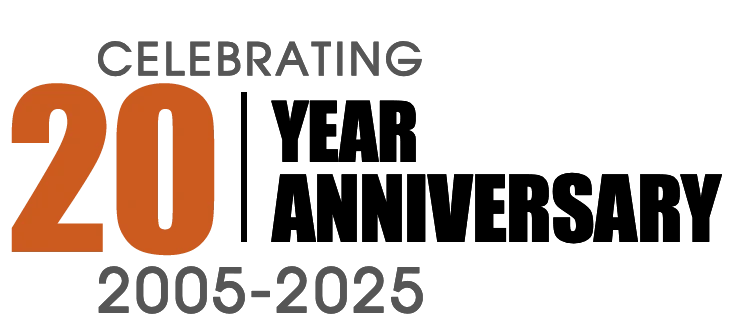Displaying items by tag: SEO | Search Engine Optimization
SEO Secrets for Conquering Search Engines | Must Read for Website Owners
Back in the day, consumers relied on newspapers and/or the yellow pages to gain information and/or to select a contractor or business. With the birth of the Internet, it is clear that most people now rely on their favorite search engine to assist them in researching and selecting their contractors or company to do business with. Many of us have become so accustomed to using search engines, that it is really hard to believe that search engines did not even exist until about 1990.
 Before getting into the nuts and bolts of what SEO is all about, it is important to understand the basic mechanics behind search engines. What is a search engine? A web search engine is designed to search for information on the World Wide Web, in which results are generally presented in a line of results often referred to as "search engine results pages (SERP's)". Unlike web directories, which are maintained only by human editors, search engines also maintain real-time information by running an algorithm on a web crawler. One of the first "all text" crawler-based search engines was Web Crawler, which came out in 1994. Unlike its predecessors, it let users search for any word in any web-page, which has become the standard for all major search engines since.
Before getting into the nuts and bolts of what SEO is all about, it is important to understand the basic mechanics behind search engines. What is a search engine? A web search engine is designed to search for information on the World Wide Web, in which results are generally presented in a line of results often referred to as "search engine results pages (SERP's)". Unlike web directories, which are maintained only by human editors, search engines also maintain real-time information by running an algorithm on a web crawler. One of the first "all text" crawler-based search engines was Web Crawler, which came out in 1994. Unlike its predecessors, it let users search for any word in any web-page, which has become the standard for all major search engines since.
Are free website builders bad for SEO? ie Wix, GoDaddy Website Builder, Zenfolio
 As many business owners have come to realize, having a quality web site for your business is no longer an option, it is a requirement. Where many business owners have gone wrong, is in thinking that just a having a simple info page satisfies the “web site requirement”. The key word is quality, not just in regards to design but in regards to SEO!
As many business owners have come to realize, having a quality web site for your business is no longer an option, it is a requirement. Where many business owners have gone wrong, is in thinking that just a having a simple info page satisfies the “web site requirement”. The key word is quality, not just in regards to design but in regards to SEO!
I will get straight to the bottom line in saying: Using a FREE WEB SITE BUILDER such as Wix, GoDaddy’s Website Builder, Jimdo and Zenfolio provide only one true benefit to businesses on a budget, it is FREE. That single benefit of providing a “free website builder” is actually costing you more in lost revenues due to its weakness in Search Engine Optimization. Additionally, sites like Wix and Zenfolio cost much more on annual term to host. So your FREE WEB BUILDER is not exactly free. Compare Wix hosting with website at over $200 annually, to GoDaddy which will cost roughly $80 per year using Joomla or Wordpress.
K2 Blog Component for Joomla | Video Tutorial
 This article includes a brief video tutorial that demonstrates the function ability provided by the K2 blog component for Joomla.
This article includes a brief video tutorial that demonstrates the function ability provided by the K2 blog component for Joomla.
Blogging is an important factor in regards to Search Engine Optimization. As Google and other search engines seek content rich websites that are frequantly updated and visited by unique visitors. Therefore, utilizing ablog on your website is important.
When it comes to blogging on your Joomla website, AdverGroup Web Design in Chicago recomends using the K2 Blog Component developed by JoomlaWorks. Using K2, you can transform your Joomla! website to a news/magazine site with author blogs, product catalogs, work portfolio, knowledge base, download/document manager, directory listing, event listing & more, all this bundled under one package!
Website Copywrite | How it Impacts Search Engine Optimization
Before proceeding it is important to understand what "Copywrite" is and means: Copywriting is the act of writing copy (text) for the purpose of advertising or marketing a product, business, person, opinion or idea. The addressee (reader, listener, etc.) of the copy is meant to be persuaded to buy the product or service that is advertised, or subscribe to the viewpoint the text communicates.
Good web copy is developed in way that provides an easy and informative read for your website visitors, while frequently hitting on all the key words and phrases a search engine may seek when querying the internet. Sounds easy enough, right? ....well not exactly! Obviously humans digest web content differently than robot algorithms set to scan your site's content. The challenge in developing web copy that suits both search engines and site users.

















